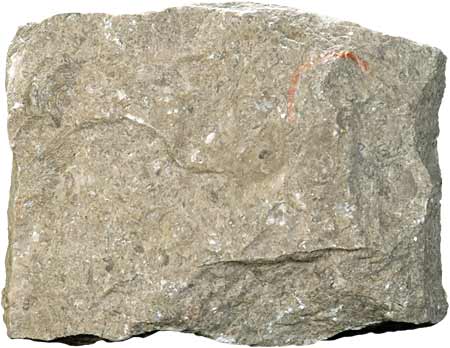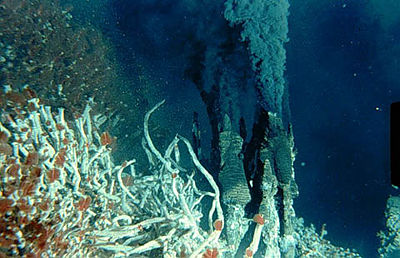Limestone is a very common rock type found in Nashville, and when I took geology in the 6th grade, it was the first rock we talked about! They even have repair places for your limestone walls!!

Like most sedimentary rocks, is also usually has tiny skeletal remains of sea creatures (and yes I am counting coral because it is under the sea)
These pictures are what limestone can look like:

 (this one's a quarry!)
(this one's a quarry!) (this one has fossils in it!)
(this one has fossils in it!)So! All in all, limestone is a really cool rock!
In summary-->limestone is a sedimentary rock composed of (usually) different forms of calcium carbonate and can have little fossils in it!
If you want to learn more about limestone check out this website!








